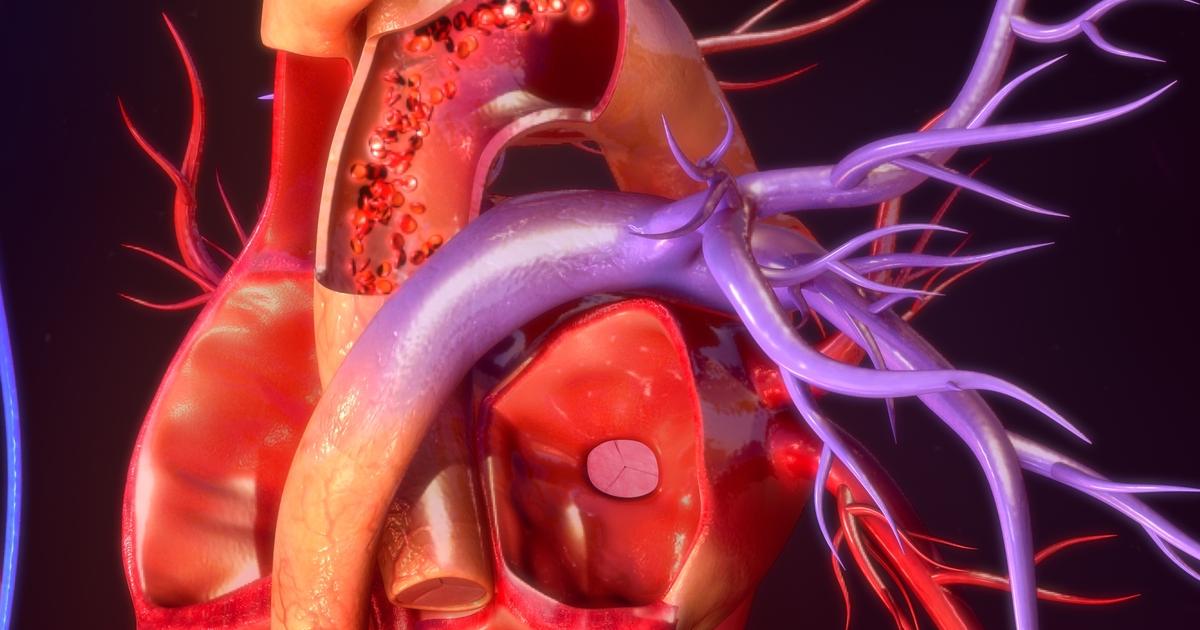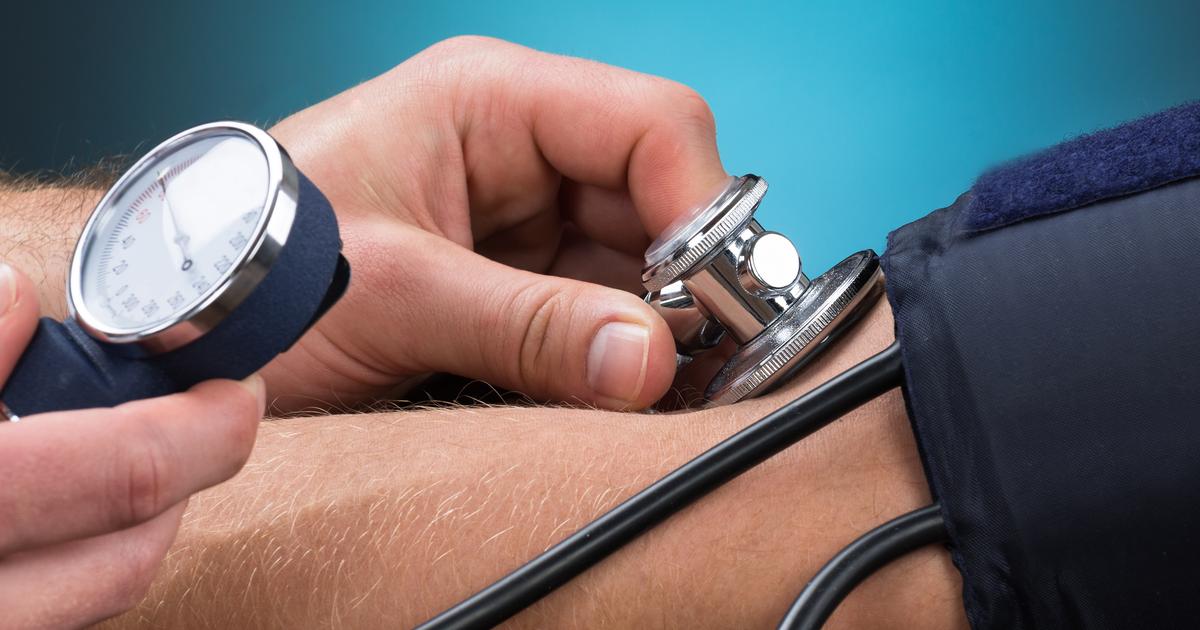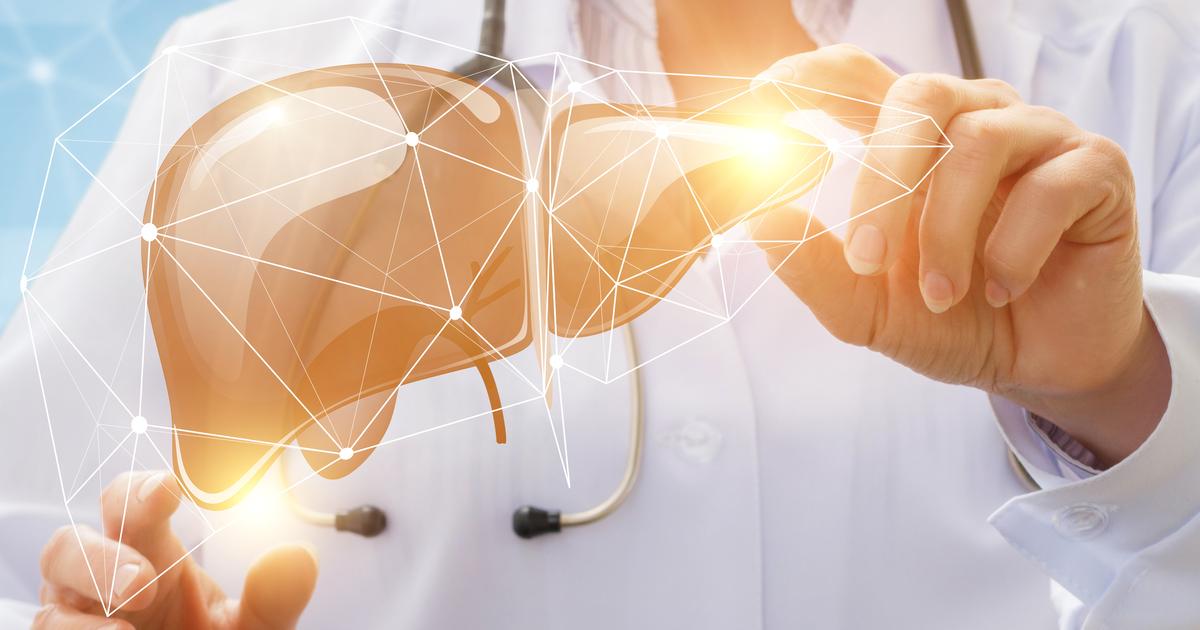Overview Of Amlodipine
Amlodipine is a prescription medication that belongs to a class of medicines called calcium channel blockers. This medication is approved for patients who are six years old and older. It can be taken as an oral tablet. Amlodipine is also available as an oral suspension (liquid). Tablets come in doses between 2.5 to ten milligrams, and the oral suspension contains one milligram of medication per milliliter. Most individuals who use amlodipine need to take it daily. Life-long use is typically necessary when this medicine is used to treat high blood pressure. Doctors generally recommend using this drug in combination with a reduced-calorie diet and a physical activity program.
Many individuals need amlodipine as high blood pressure pills. Some patients need this medication instead of natural medicine for high blood pressure. Of course, this drug is also a coronary artery disease treatment. It can help as a treatment for other heart diseases as well. However, patients must understand how amlodipine works first.
How It Works

Amlodipine, similar to other calcium channel blockers, reduces the rate at which calcium enters the heart and blood vessel walls. When calcium enters these areas at a slower rate, the blood vessels relax and widen, and blood circulation is improved. The heart can pump more efficiently, and blood pressure is reduced. Amlodipine is a specific type of calcium channel blocker. It is known as a dihydropyridine calcium channel blocker.
While non-dihydropyridine calcium channel blockers may slow down a patient's heart rate, dihydropyridine calcium channel blockers are not associated with this change. This includes amlodipine. This feature may make amlodipine a more appropriate choice for patients with certain cardiovascular conditions that cause heart rate changes.
Uncover the uses for this medication next.
Uses For Amlodipine

Amlodipine is approved to treat hypertension, chest pain (angina pectoris), and coronary artery disease. It can also be used to treat high blood pressure in children as long as they are at least six years old. When used to treat chest pain, this medication reduces a patient's risk of needing hospitalization or surgery for this condition. It is also associated with a reduction in the risk of heart attacks and strokes.
In addition to its approved uses, amlodipine might be prescribed 'off-label' to manage symptoms of migraines, cluster headaches, and Raynaud's disease. Some doctors may prescribe it as part of a treatment plan for congestive heart failure as well. If a medication is to be used 'off-label,' patients should always check with their doctor about all possible medication options before choosing an 'off-label' prescription.
Discover the potential side effects of this medication next.
Potential Side Effects

The most commonly reported side effect associated with amlodipine is feeling tired. Some patients have experienced extreme sleepiness. Other frequently reported side effects include nausea, dizziness, facial flushing, stomach pain, and swelling of the legs or ankles. Abnormal muscle movements and tremors have also occurred. In addition, some individuals on this medication have noticed an abnormally fast heart rate or irregular heartbeat. These effects may resolve on their own within a few days to two weeks. Patients should let their doctor know if any of them persist.
Low blood pressure is one of the potentially serious side effects of this medication. It often triggers lightheadedness, severe dizziness, or fainting. Some patients experience increased chest pain when they first start taking amlodipine or when their dose is increased. There is a risk of having a heart attack as well. Suppose the patient has shortness of breath, chest pain or discomfort, nausea, lightheadedness, fatigue, or cold sweats while taking this medication. In that case, they should obtain emergency medical assistance right away. Patients who believe they may have low blood pressure should also seek emergency care.
Get familiar with the precautions to remember when taking this medication next.
Precautions To Remember

Before prescribing amlodipine, the doctor will need to know if the patient currently has or has ever had liver disease or any other liver issue. The liver is responsible for processing this medication. Thus, it can remain in the body for an extended period in patients with pre-existing liver conditions. Since this could lead to more side effects, doctors generally prescribe much lower doses for patients with liver concerns. Doctors also need to know if the patient has congestive heart failure or aortic stenosis. These patients may not be able to take amlodipine safely. An alternative drug might be prescribed instead.
Patients should always let their doctors know if they are pregnant or breastfeeding. Currently, it is not known if amlodipine is harmful to an unborn baby. Patients who have high blood pressure during pregnancy may still be prescribed this medication to reduce the risk of gestational diabetes or eclampsia. Both conditions can cause potentially serious complications with the pregnancy. Amlodipine is capable of passing into breastmilk. However, its potential effects on the baby are unknown. All patients taking this medication should avoid alcohol consumption during their treatment. This is because alcohol increases the side effects and could reduce blood pressure to too low levels. Patients need to get up slowly from sitting or lying positions to reduce the risk of dizziness, fainting, and falls while on this medication. Patients can take missed doses as soon as they remember. However, if the dose is more than twelve hours late, they should skip it and wait for the next dose.
Continue reading to learn about this medication and allergies next.
Amlodipine And Allergies

Allergic reactions to amlodipine are not particularly common. However, they do occur in a small number of individuals. Patients must still be aware of the symptoms of an allergic reaction to this medication. They include itching, rash, significant dizziness, breathing problems, and swelling. Swelling of the throat, tongue, and face is particularly severe. Patients need immediate assistance for all of these warning signs.
In rare cases, patients on this medication will deal with drug-induced angioedema. This is a severe allergic reaction involving significant swelling underneath the skin. Patients who experience it may also display hives, which are raised, red welts on the skin. These welts are often extremely itchy. Individuals will need to consult a doctor immediately if such a reaction develops when they take amlodipine.
Read about the potential medication interactions next.
Potential Medication Interactions

Amlodipine is known to interact with other heart medications, including diltiazem. Taking both of these medications can increase the amount of amlodipine in the body, leading to an increase in side effects. Amlodipine also interacts with antifungal medications such as voriconazole and ketoconazole. An interaction also happens with clarithromycin, an antibiotic.
Suppose amlodipine is taken with simvastatin, a drug for cholesterol. In that case, it may increase simvastatin in the body and produce more side effects. Using amlodipine with medications for erection issues, including sildenafil and avanafil, can increase the patient's risk of developing dangerously low blood pressure. Patients should always let their doctors know about all of the medications and supplements they use to prevent interactions.
Discover the dosage recommendations for amlodipine next.
Common Dosage Recommendations

It is vital to note that the exact dose patients are given depends on their condition and how their symptoms respond to amlodipine. Thus, patients must consult their doctor and work with them to determine what is appropriate for their needs. This will often require adjustments over time. However, there are some common dosage recommendations that doctors will start with for most individuals.
Adults with high blood pressure, for instance, often start at five milligrams once a day. They can reach a maximum of ten milligrams daily. However, liver patients and seniors are likely limited to 2.5 milligrams of this medication once a day. Children who need it often take 2.5 milligrams daily, though some can reach up to five milligrams daily. Doctors can adjust the medication dose, though they need to wait between seven and fourteen days for each change. Amlodipine also works for conditions like angina or chronic artery disease. Dosage recommendations for adults here are often five to ten milligrams once a day. However, patients with liver problems and seniors are limited to five milligrams daily.
Keep reading to uncover information on combination treatments next.
Combination Treatments

Many individuals benefit from taking amlodipine. However, for certain patients, it may not be enough to treat their condition and the symptoms that it causes. This is where doctors combine medications. Amlodipine, thankfully, appears in many combination treatments. One example is pairing amlodipine with atorvastatin. The former treats high blood pressure or coronary artery disease, while this statin prevents patients from dealing with cardiovascular events. The statin is also common when patients also have high cholesterol.
Patients on amlodipine who experience edema are often prescribed benazepril as well. This is an angiotensin-converting enzyme inhibitor. Other medications that can be paired with amlodipine as a combination treatment include lisinopril, valsartan, aliskiren, and hydrochlorothiazide. Patients must discuss these combination treatments with their doctor. They require additional consideration and monitoring.
Get the details on common medication alternatives next.
Common Medication Alternatives

Many doctors often prescribe amlodipine because patients are able to take one dose a day rather than multiple doses. However, patients may need to take a different drug. Common medication alternatives to amlodipine start with other calcium channel blockers. This includes nifedipine and nicardipine. Of course, some individuals cannot take calcium channel blockers.
Thankfully, many medications help lower blood pressure and manage chest pain, two of amlodipine's major functions. Patients can try angiotensin-converting enzyme (ACE) inhibitors, such as lisinopril. Two other medication types that act as alternatives to amlodipine are angiotensin receptor blockers and beta-blockers. Examples of these are candesartan and bisoprolol, respectively. Certain patients may take diuretics as an alternative to amlodipine as well.
Read about advice for taking amlodipine next.
Advice For Taking It

All patients must listen to their doctor regarding when to take amlodipine. This also applies to their dose. Overall, patients need to follow their doctor's directions and read the bottle's label carefully. They can also talk to their pharmacist if necessary. Of course, there is some good general advice for taking it. Patients should take amlodipine at the same time each day. This helps with the medication's effectiveness as well as reducing the chances of patients forgetting a dose.
Patients are able to take amlodipine both with or without food. They should speak to their doctor about which is the best for their needs. However, most patients need to drink a glass of water with each dose. They must avoid grapefruit juice as well as the fruit itself. This is because studies show that grapefruit often increases the concentration of this drug in the body. The patient's risk of side effects increases as a result. The side effects are also worse when they do occur. Finally, some individuals will take this medication as a liquid. They must use the supplied syringe or spoon when measuring their dose. A regular teaspoon is not appropriate. They should not mix the liquid with anything else before taking it.
